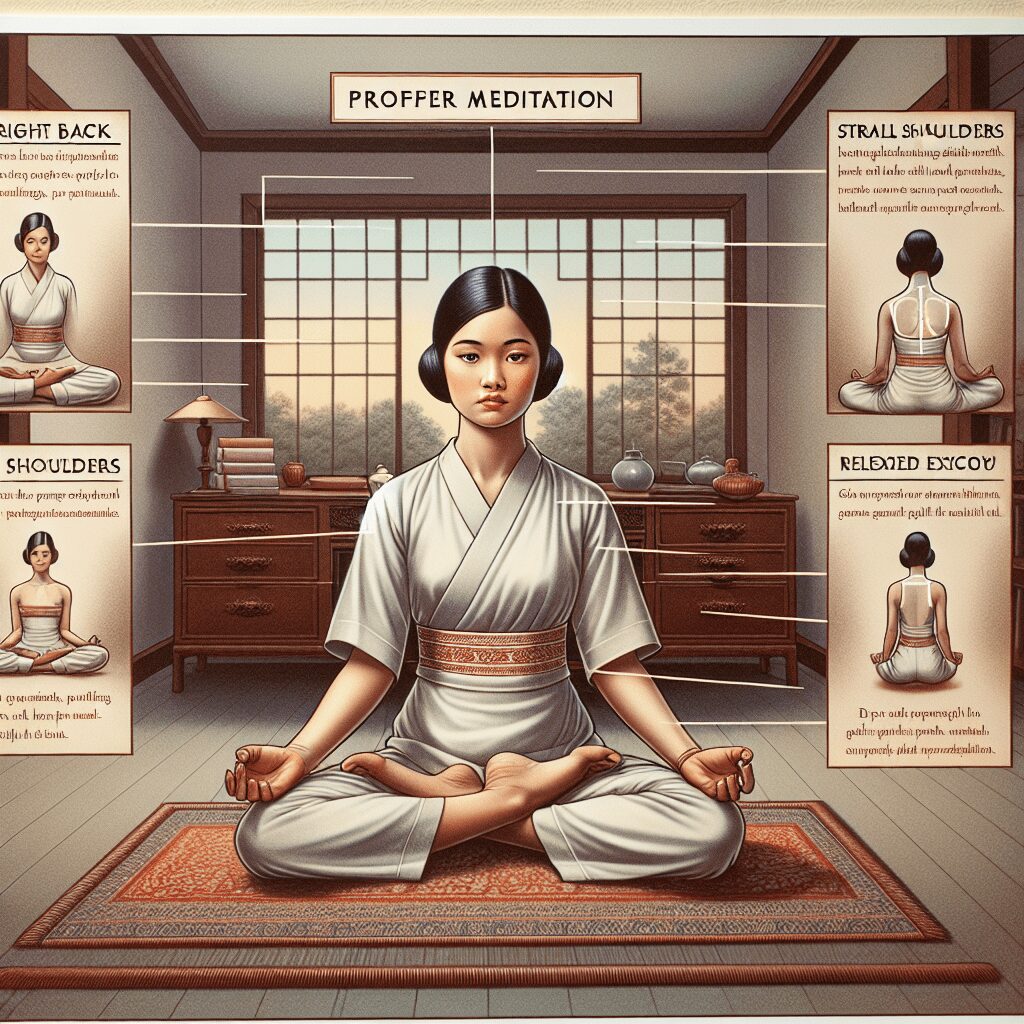
Prioritize your mental well-being daily. Enhance your life by nurturing your mental health with the Smart Meditation app. Break free from stress, alleviate anxiety, and enhance your sleep quality starting today.
How Does Mindfulness Meditation Help With Chronic Pain?
Unveiling the Power of Mindfulness Meditation in Alleviating Chronic Pain
Chronic pain, a persistent thorn in the side for many, often becomes a debilitating companion, making day-to-day life anything but easy. While the quest for relief may seem Sisyphean, there’s a beacon of hope that has been lighting up lives, albeit more quietly — mindfulness meditation. Far from being a mere buzzword or the latest fad in wellness, mindfulness meditation taps into the profound capabilities of the human mind, offering not just a coping mechanism but a transformative experience. So, how does this practice turn the tides on chronic pain? Let’s dive in.
The Intersection of Mindfulness and Pain Management
A Fresh Perspective on Pain
At its core, mindfulness meditation is about anchoring oneself in the present moment, observing thoughts, feelings, and sensations without judgment. This might sound like a tall order, especially when pain screams for attention, but therein lies the rub. Mindfulness teaches us that pain is not just a physical sensation but is also intertwined with our thoughts and emotions. By changing how we relate to pain, we can alter our experience of it. It’s akin to tuning the radio to a different frequency; the static doesn’t disappear, but we learn to focus on the music.
The Science Speaks Volumes
Skepticism aside, the proof is in the pudding — or, in this case, in a plethora of studies underscoring mindfulness meditation’s effectiveness. Research indicates that engaging in mindfulness practices can lead to changes in brain regions associated with pain perception. Specifically, it can decrease activity in the default mode network (DMN), the brain’s chatterbox that’s often on overdrive during episodes of pain. By turning down the volume of the DMN, individuals can experience a significant reduction in pain intensity.
Moreover, mindfulness can beef up the gray matter in areas of the brain responsible for pain regulation, sensation, and control of attention. By doing so, not only does mindfulness help in dampening the perception of pain, but it also empowers individuals with the ability to shift their focus away from their suffering.
The Benefits Don’t Stop There
Practicing mindfulness doesn’t just bring about a decrease in physical pain; it packs a wallop in addressing the emotional turmoil that often accompanies chronic conditions. Feelings of anger, frustration, and despair can exacerbate pain, creating a vicious cycle. Through mindfulness, individuals learn to observe these emotions without getting entangled in them, promoting a sense of calm and resilience.
Getting Started with Mindfulness Meditation
Eager to give it a whirl? You don’t have to be a Zen master or sit cross-legged atop a mountain to get started. Here’s how to dip your toes into the tranquil waters of mindfulness meditation:
- Make Time Daily: Even a few minutes can make a difference. Starting small can help integrate mindfulness into your daily routine without feeling like a chore.
- Find Your Spot: Choose a quiet, comfortable place where you won’t be interrupted. It could be a cozy corner of your room, a spot in your garden, or even a park bench.
- Embrace Simplicity: Begin with focusing on your breath. Notice the sensation of air flowing in and out, without attempting to control it. When your mind wanders (and it will!), gently bring your attention back to your breath.
- Explore Guided Meditations: Plenty of resources are available online, offering guided meditations specifically tailored for pain management. These can be a great support when you’re starting out.
In a world that often reaches for the medicine cabinet to deal with discomfort, mindfulness meditation offers a powerful, drug-free approach to managing chronic pain. By fostering a new relationship with your pain, one of awareness and acceptance, you can embark on a journey to reclaim your quality of life. So why not give it a shot? After all, the only thing you’ve got to lose is, well, the pain.





